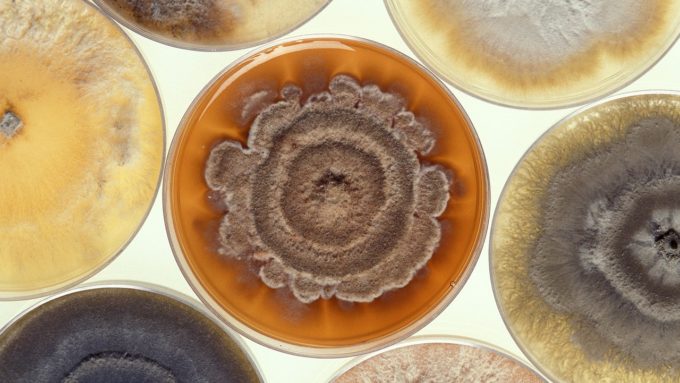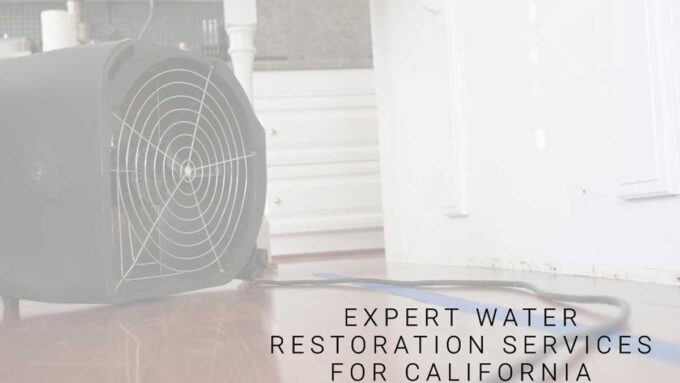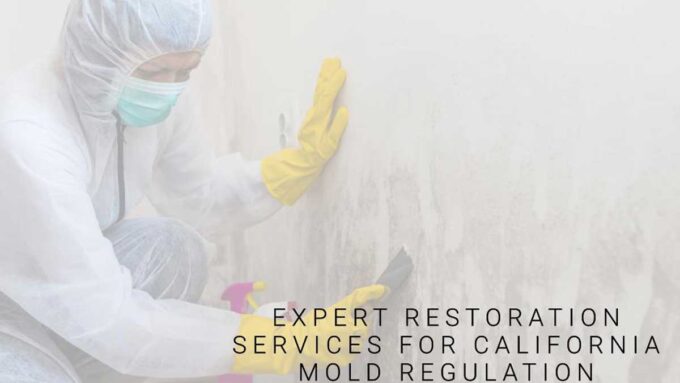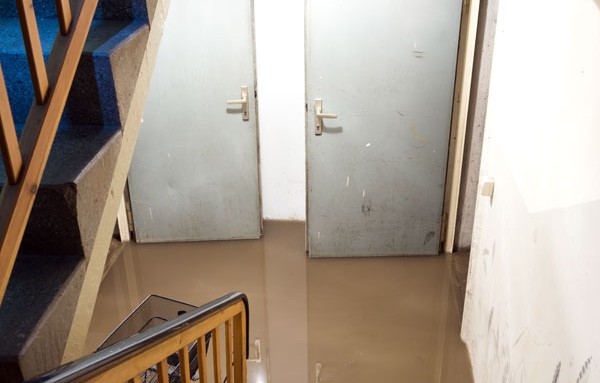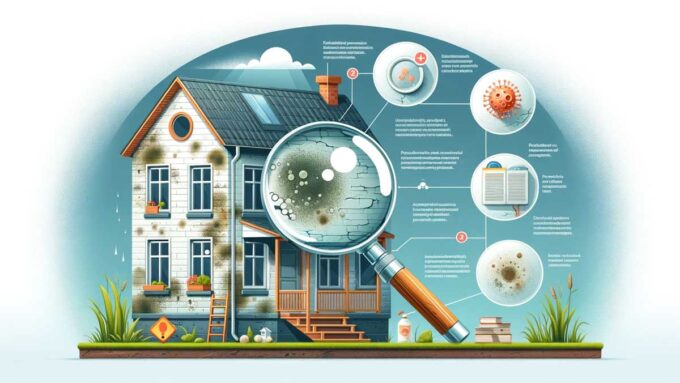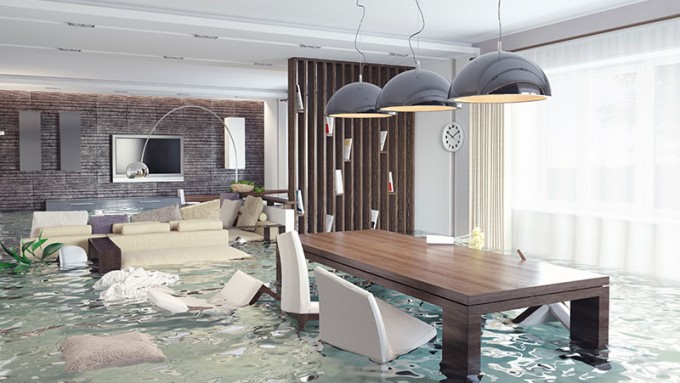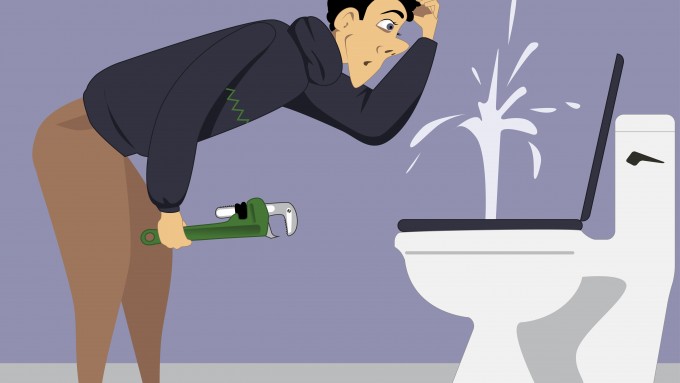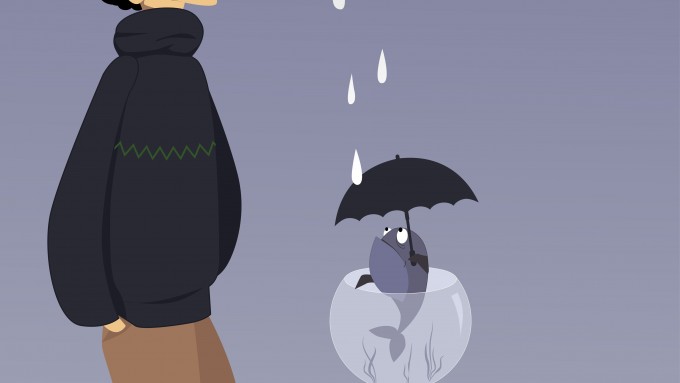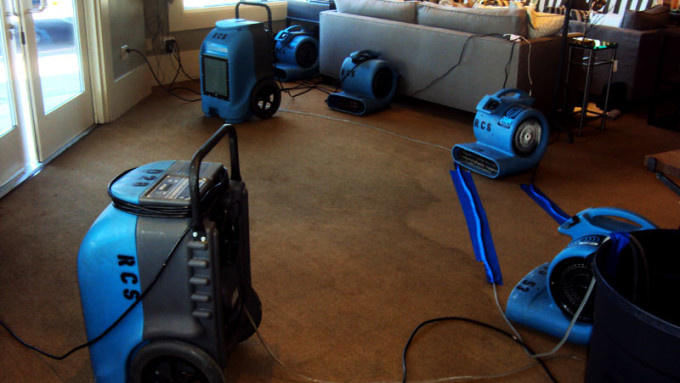Mold is a homeowner’s worst nightmare. Other than just being unpleasant, it can cause all sorts of structural and health issues that can result in costly repairs or even hospital visits. Children, seniors, and pregnant women are especially at risk of developing long term and possibly fatal conditions as a result of exposure to mold.
Mold can result in dangerous illnesses such as pulmonary fibrosis, cancer, internal bleeding, and birth defects. This is why it’s critical to find, identify, and remove mold as soon as possible to prevent any excess exposure. Found mold and not sure what type it is? Here’s a guide to identifying the most common household molds.
Alternaria
Alternaria is the most common mold, and it’s probably the one you imagine when you think of household molds. This allergenic mold is smooth and dark green or brown, and it has a tendency to grow anywhere dampness is. This means that you’ll most likely find this mold in your bathrooms in your shower, bathtub, or under your sink. If you’ve recently suffered from water damage, you’ll also find Alternaria there. This mold spreads quickly, so the sooner you remove it, the less damage done.
Chaetomium
Chaetomium is another common household mold. It has a fluffy or cotton-like texture, and it tends to be an earthy or neutral color like brow, grey, or black. Like Alternaria, this mold also grows in damp areas. You can recognize it by its distinct, musky smell. Chaetomium can be especially dangerous for people with weakened immune systems, so, after identifying the source of moisture that is causing it to grow, it is important to quickly remove the mold.
Stachybotrys
Stachybotrys is probably one of the most dangerous molds. That’s right, this is the infamous ‘black mold’ that strikes fear in every homeowner. As its name says, this mold is dark green or black, and it tends to grow in damp, humid areas. It most often grows on organic materials such as wood or paper.
This mold can cause extremely severe respiratory issues and should be dealt with immediately. The most common symptoms of exposure to black mold includes difficulty breathing, persistent coughing, nose bleeds, and headaches. Black mold can also cause neurological problems and internal bleeding in children and infants, so it is important to remove them from the house immediately if black mold is found.
Final Thoughts
If you find mold within your home or business, be sure to call the professionals! Our expert team right here at Restoration Certified Specialists are ready to assist you with mold removal, repair, and prevention. Call and schedule an appointment today!

